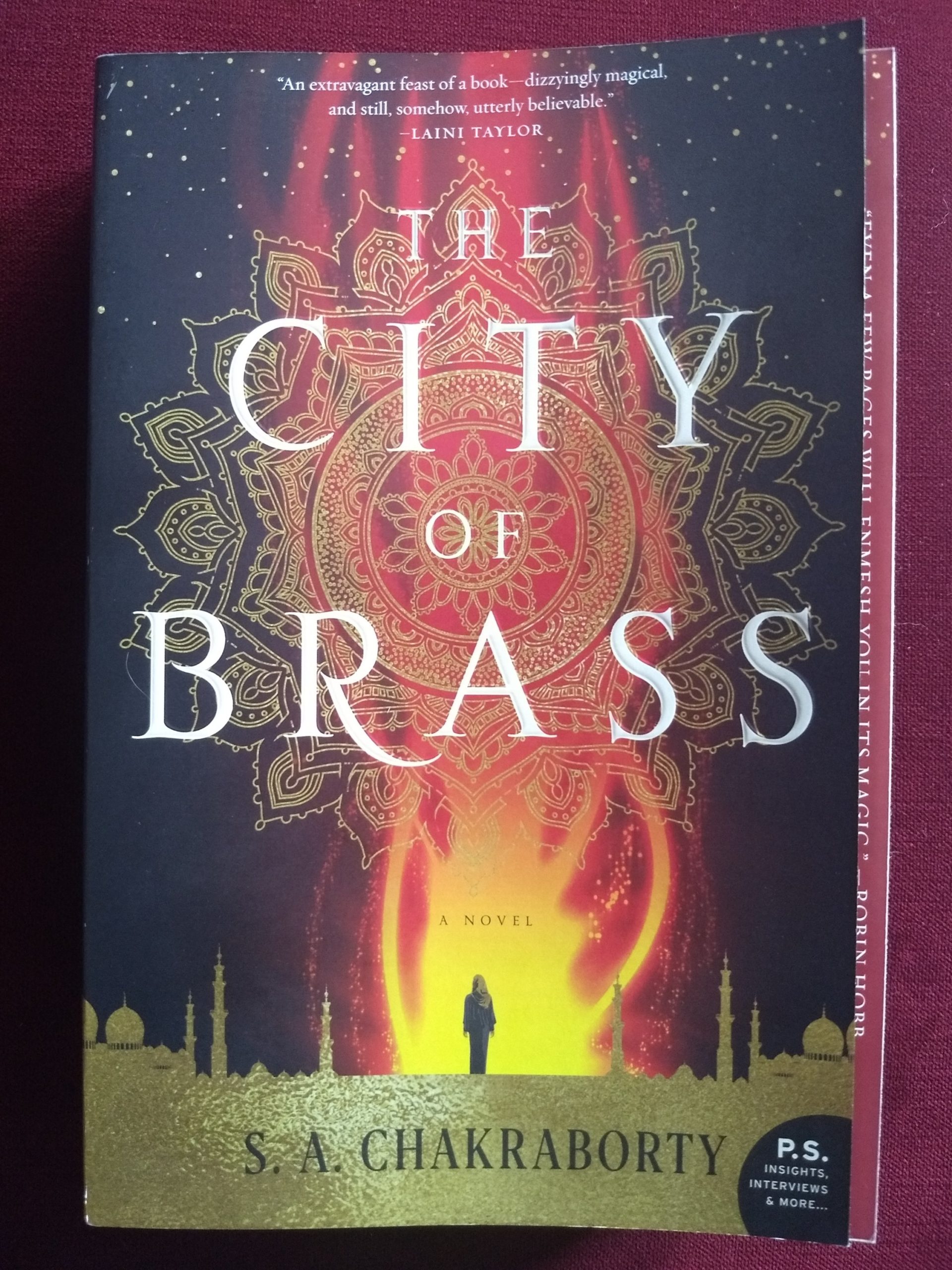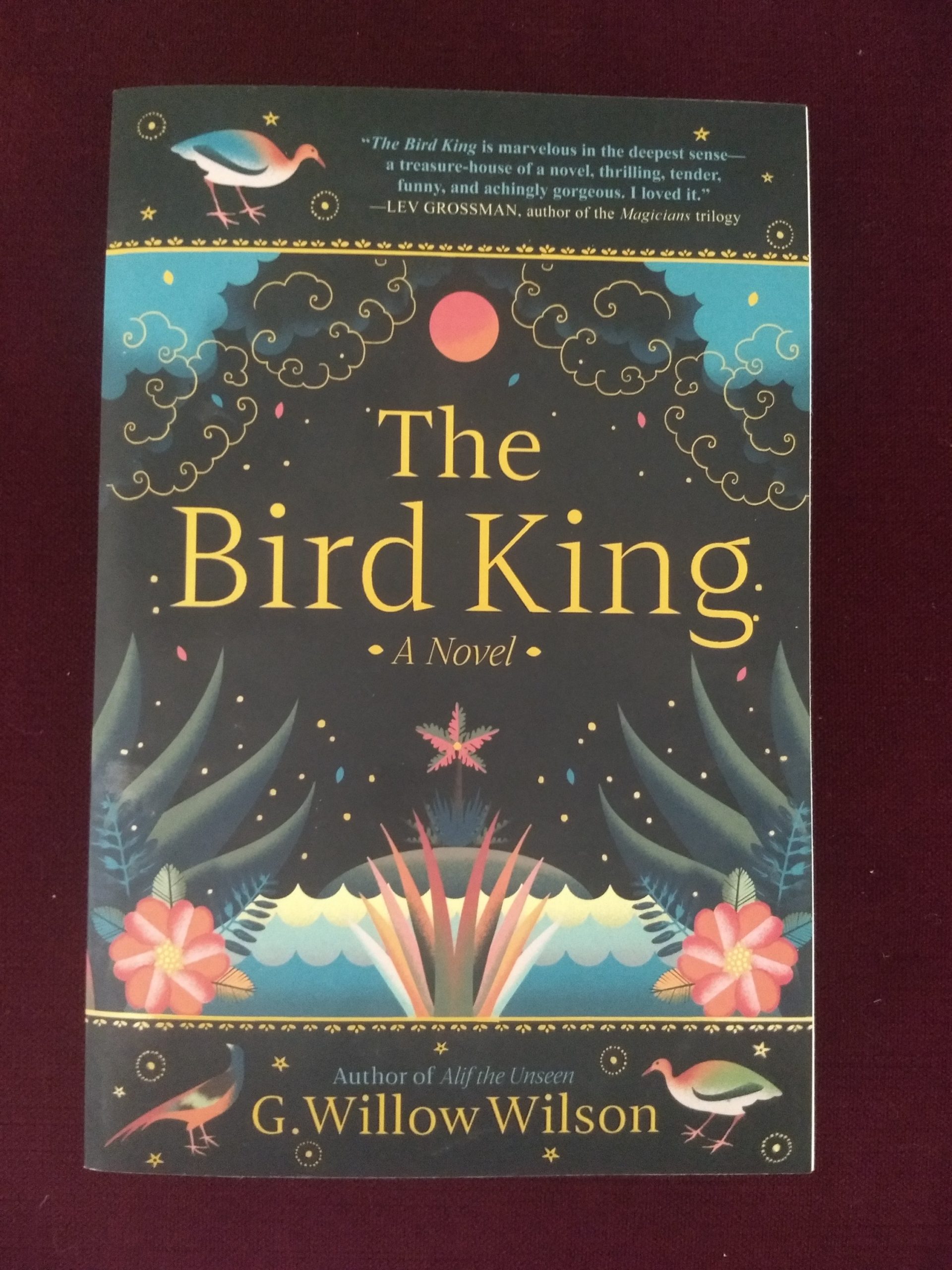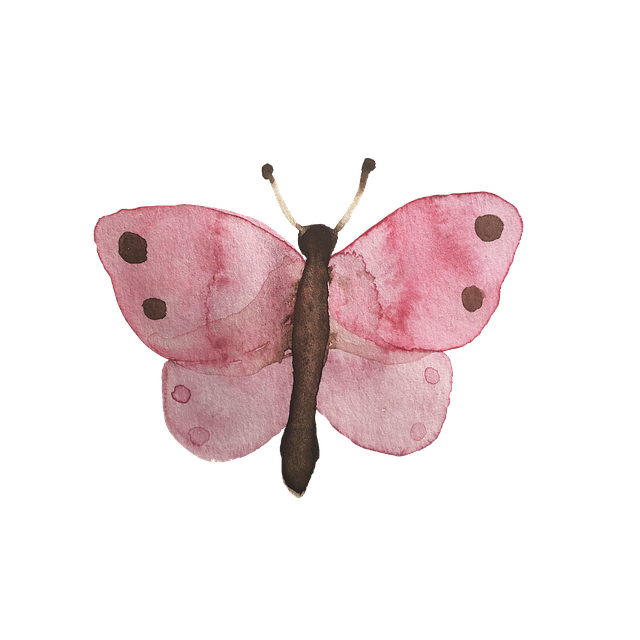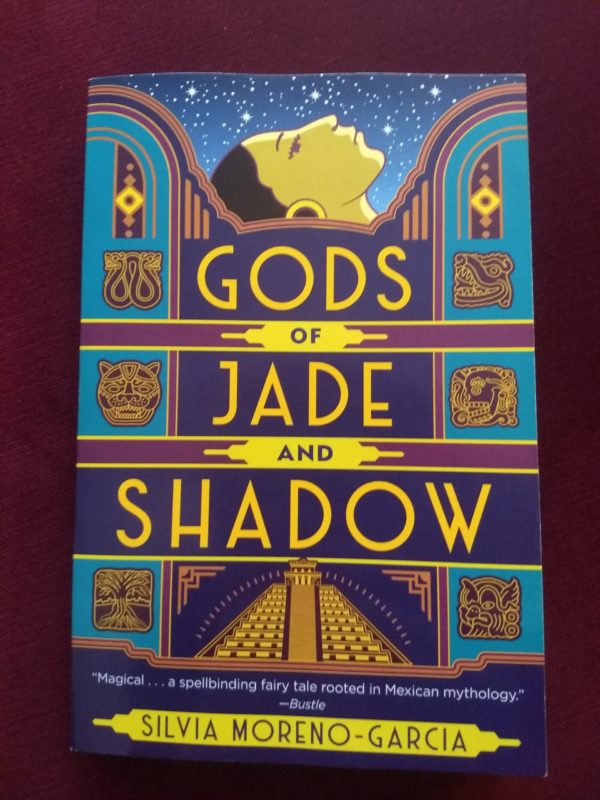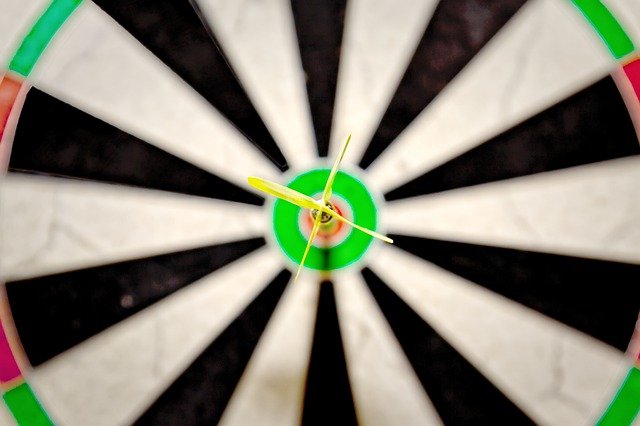
For those of us who are perfectionists, we know how crippling the compulsion can be.
Utmost attention to finite details, crafting a perfect plan and bringing it to fruition, reading the minds of those around us (or at least, trying to) and anticipating their needs before they express them – these are a few of the ways our hard-wired personality trait attempts to spare us the pain of rejection in whatever form it might come – physical, emotional, or intellectual.
What favors does our perfectionism do for us when it comes to our creativity?
At the outset, I would argue precious few.
I speak from experience, believe me. For nearly half my life, I tucked my pen away because I didn’t feel I would ever be “good enough.” A good enough story-teller. A good enough poet. A good enough artist. You name it.
The four worst words you can allow your inner critic to beat as a refrain in your mind are these:
This idea is stupid.
These words, my fellow creatives, will kill any idea you have faster than you can throw gasoline on a brush fire.
To top it off, your idea might be a perfectly good one, albeit a nascent one. I’ll explain what I mean by that in a minute.
Back to the inner perfectionist. This aspect of your personality has to die before you can break out of your shell and create the art you’ve been dreaming of your entire life. Yes, die. Kill it. Sacrifice it at the altar and don’t glance back.
‘Cuz here’s the thing.
Ideas aren’t born fully formed. (i.e., nascent (adj.): just coming into existence and beginning to display signs of future potential)
They are babies. And we don’t expect babies to walk around on two legs, working for a living, feeding themselves, and balancing their checkbooks, do we?
No. We nurture them. It takes time and lots and lots of love, compassion, forgiveness, and above all, patience.
Your inner artist is a child of sorts. The one thing kids love to do is play. Your nascent, newborn idea captivated your imagination for a reason. Stick with that reason and then expect a certain amount of cajoling in order to ‘tease’ out the rest of the idea. In other words, play with it. Figure out how it’s going to work. This may take time, or in some cases, it may not.
It’s okay if it takes time.
No artist begins with a finished product. Sounds obvious, right? Yeah.
But it’s the one thing I missed for YEARS. Too many of them. Living in a consumer culture, we’re bombarded by finished products – marketing campaigns, open houses, polished manuscripts, slick ads, manicured gardens, coordinated interior design. I mean, of course. We’re brainwashed into buying, consuming, wanting the next best whatever-the-thing-is.
How often are we allowed a peek into the process behind what makes those salable items so enticing?
Hardly ever.
So the next time you’re tempted to throw your beautiful baby idea in the creative trash heap, think again. I’ve got five points I want you to consider first. They might not sound like much, but they could mean life or death to your gaspy, gurgling idea that’s struggling to find a voice in the world.
- Expect a mess. The years of scientific training and critical thinking my career demanded made this concept hard for me to grasp at first. I anticipated my stories to come out more organized than they did. Creativity is not a linear process. In the early stages of any creative work, getting the idea ‘out’ is paramount. Reshaping and revising are later stages the work will necessarily undergo. Allow yourself the freedom to make a mess when you are first starting.
- Try your hardest to work ‘at your edge.’ This one comes straight from yoga classes. Your muscles are screaming in revolved half moon and the instructor invariably says, “The pose doesn’t start until you want to get out of it!” The same holds true for writing or making any art. Hiding behind your feelings will only obscure your writing. Exploring the impulse of what strikes your creative nerve will drive you to understand yourself in deeper ways, which will only enrich your writing.
- Don’t be tempted to create in a vacuum. It’s natural to want to keep your work to yourself in its earliest stages. At some point, though, after a sufficient amount of self-editing, you need to share it with others you trust. This could be other writers in a writing group, an online critique community, or an editor. You will gain an appreciation for how other writers struggle with their own messes. Knowing you aren’t the only one helps.
- Assume you’re being too hard on yourself until proven otherwise. This hits close to home for me because it is something i have to tell myself every day. Let me repeat that. Yes, I mean every day. Remember that journaling thing I’ve mentioned in previous posts? My journal is where I work out my doubts, fears, insecurities, and ugliest, harshest criticisms. It’s like shining a mirror on myself. I recognize the inner critic for who he is by journaling out my thoughts and feelings. Then I put him in his place and move on with my writing for the day.
- Remember to have fun. The most important point by far! At its heart, exercising your creativity should feel like play. You are exploring the vast landscape of your imagination. Anything is possible. You are creator and participant as you fashion worlds and characters of your own making and design. What could be more fun than this?
Once a perfectionist, always a perfectionist. The trait is good for some things (precision needlework and cataloging dust bunnies come to mind) but not for your creativity when an idea first takes root inside you. Don’t get hung up on immediate results. Be messy.
Your idea doesn’t have to come out perfectly. It just has to be.
And you are the only one who can conjure it into existence from the void where it originated. You’re a magician simply by bringing your idea to life.
Have an idea you want to share or chat about what’s going on in your creative world? Drop me a line! I’d love to hear from you.
